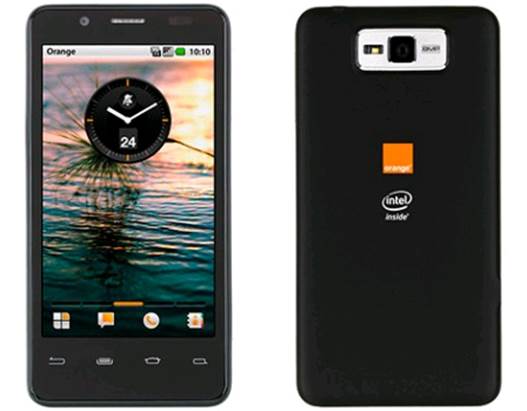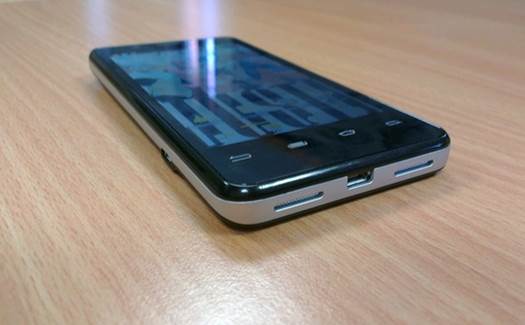The Orange San Diego is a budget
handset with Intel’s new Atom processor inside. While it can hold its own with
the majority of high-end smartphones in terms of performance, question marks
over battery life and the fiddly operating system make it hard to recommend.
Price: $300
Website: www.orange.com
Ratings: 3/5

Orange
San Diego
The San Diego runs Android 2.3 Gingerbread.
Given this has long been replaced by both Ice Cream Sandwich and Jelly Bean,
this is disappointing. Orange and Intel assured us that an over-the-air update
to Ice Cream Sandwich would be made available, but there’s no word on when this
might be.
The screen is excellent, and at 1,024 x
600, it’s one of the highest resolution displays that you’ll find on a
smartphone. That said, it did make text and icons quite small, so if your sight
is failing, you may want to look for a larger smartphone.
For a handset that costs just $300, there’s
a decent range of features to be found. You’ll find an 8-megapixel camera,
packed with settings, effects and tweaks, with almost nonexistent shutter lag -
evidence that the Intel Atom processor is doing its job.
Despite the wealth of features, photo
quality left plenty to be desired. Shots looked washed out and grainy in
anything but perfect light.
The San Diego’s on-screen keyboard is
dreadful, with tiny buttons made even smaller with unnecessary keys added
around the side. The positioning of these keys was also ridiculous, with
settings and shift buttons placed in the bottom-right. The symbol toggle key
was awkwardly situated two keys in, which made it a pain to punctuate our
emails and messages. Even after a few days of use, we still frequently
mistyped.
The San Diego comes with a healthy 16GB of
internal storage but there’s no option for expansion via microSD. If you’re a
big media and apps user, look elsewhere.

The
San Diego comes with a healthy 16GB of internal storage but there’s no option
for expansion via microSD.
Fight the power
The Antutu benchmark scores put the San
Diego in the middle of the road with a score of 5,463, which is a fraction of
the quad-core power of the Samsung Galaxy S III. However, as the Atom processor
is only single-core, it’s a slightly unfair comparison. That said, the phone
blitzed SunSpider browser tests, showing that while it might not be quad-core,
there’s plenty of power.
In our stress tests, which involve looping
HD video until the battery gives out, the San Diego was dismal. The phone
became hot to the touch and gave up after a pitiful 202 minutes. We were able
to get a day of normal use including calls, texts and music, but the San Diego
faltered under stress.

Bargain
basement: The price is attractive but performance isn’t
The Orange San Diego is a well-built and
powerful entry-level smartphone. However, usability niggles, such as the awful
on-screen keyboard and the worrying battery performance under heavy strain,
mean that Intel’s first outing isn’t inside a world-beating handset.
|
Pros
·
Low price
·
Fast processor
·
Likely good battery life
Cons
·
Not all apps compatible
·
No microSD slot
·
Camera key hard to press
·
No ICS at launch
Dimensions
·
Height: 123mm
·
Width: 63mm
·
Depth: 9.9mm
·
Screen size: 4.03-inch
·
Weight: 117g
Specification
·
Supplier: www.orange.com
·
OS: Android 2.3 (Gingerbread)
·
Processor: Intel Atom
Z2460 1.6GHz 1GB
·
RAM: 1GB
·
Storage: 16GB
·
Expansion: None
·
Rear camera: 8MP
·
Front camera: 1.3MP
·
Screen type: LCD
·
Screen resolution: 1,024x600
|